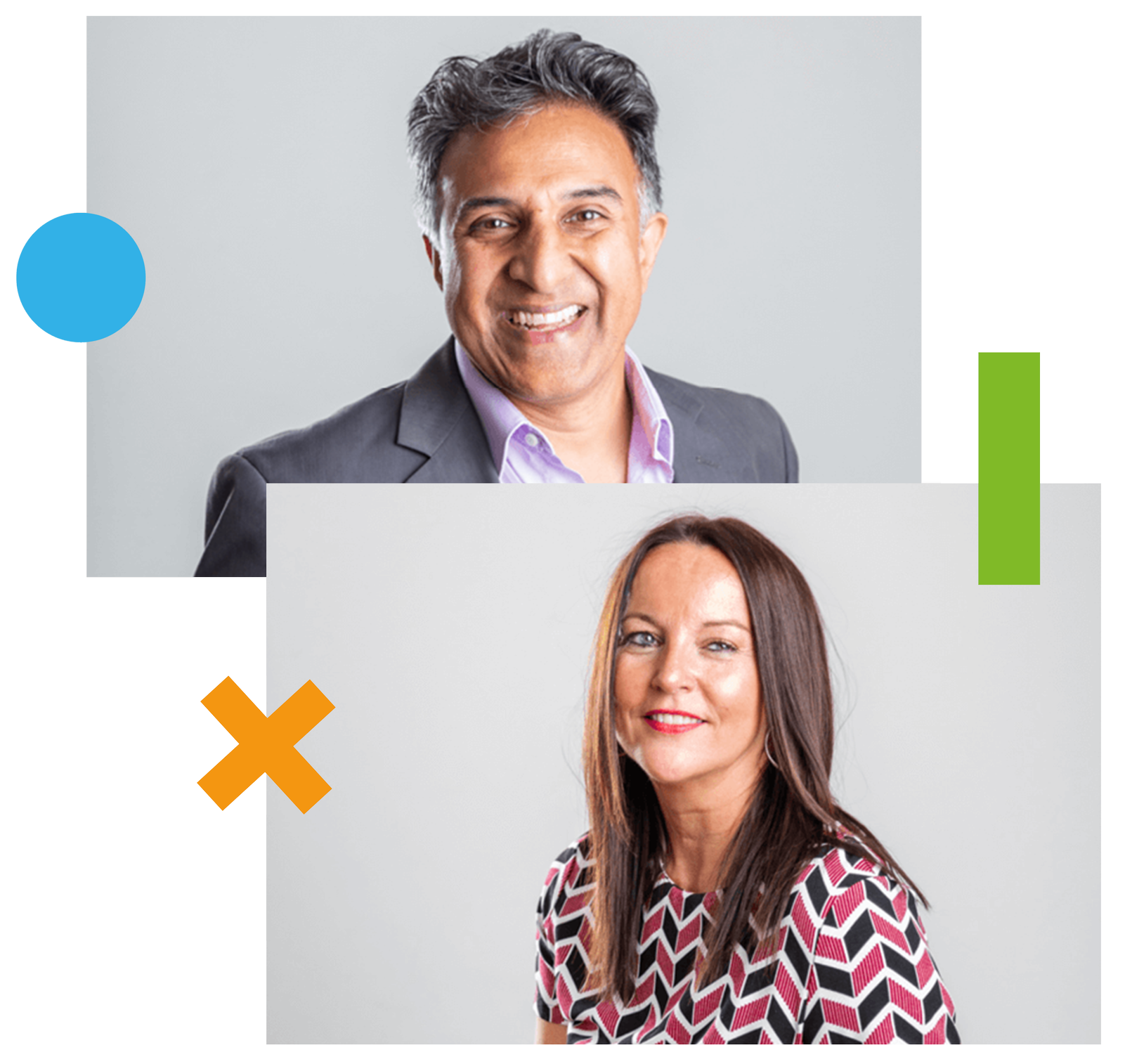What We Learnt at the Diversity & Inclusion Conference 2023
As a company that values its people above all else, our commitment to diversity and inclusion is incredibly important to us here at Tisski.
When it comes to equality, diversity and inclusion (EDI), we know there are always things we can learn and more steps we can be taking to ensure Tisski is fostering as inclusive a work environment as possible.
Last month, our Social Responsibility Lead, Fiona Trinder, was pleased to attend the 2023 Diversity & Inclusion Conference in London, together with colleagues from across the Node4 Group.
The conference had promised a whole host of diversity and inclusion leaders sharing what companies should be doing more of to foster modern, inclusive cultures – and it certainly delivered, with a packed schedule of speakers delving into the many intricacies of EDI.
Here, Fiona runs us through five key takeaways from the event.
- Provide psychological safety: all employees should feel safe to be their ‘authentic self’ at work. It’s important to encourage an environment where people feel comfortable to bring their whole selves to work, admit their mistakes, challenge the status quo and share their ideas without it being held against them. One great idea is to use ‘write-storming’, with anonymous ideas submitted and then discussed instead of the usual mind mapping conversation, as it tends to be the same people who speak up time and again in meetings. This technique also helps avoid ‘mirroring’, which is when people gravitate to support the idea put forward by the most senior person in attendance.
- Aspire to equity rather than equality: everyone should be provided with what they need in order to achieve, rather than being treated exactly the same and expecting the outcomes to be equal. How do we measure inclusion? Data from monitoring questions is invaluable, but real-life experiences shared at employee networking groups can also be logged and acted on to measure impact.
- Don’t overlook intersectionality: when a person has two or more protected characteristics, this creates overlapping and interdependent systems of discrimination and disadvantage. Hosting cross-events between groups with particular protected characteristics can highlight intersectionality within your workplace, for example, a meeting between LGBT+ employees with children and your family and carers group.
- Recruitment and promotion need careful consideration: requesting EDI data from job applicants ensures that underrepresented groups can be included, while diverse recruitment panels reduce the influence of bias and unconscious bias. Driving an inclusive promotions procedure will increase diversity at all levels; how to achieve a promotion isn’t always transparent and bias and unconscious bias can come into play. Route to promotion must be clear to be fair.
- Encourage authentic stories: this can be a powerful tool for spreading an EDI culture throughout an organisation and beyond. Internal comms with authentic employee storytelling, particularly senior leaders sharing their personal struggles with mental health, neurodiversity, socio-economic background, and more can encourage others to open up about their own experiences to their line manager and seek support and help.
Attending the Diversity and Inclusion Conference presented a valuable opportunity to learn and grow, and we’ll be drawing on the knowledge we’ve gained to implement positive change across Tisski as we continue our EDI journey. Watch this space.
Related Updates

Our commitment to social responsibility
We're working hard to support our people, our customers and the wider community in a number of different ways.


